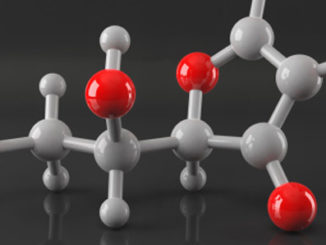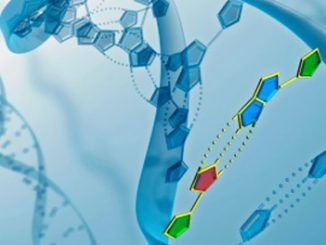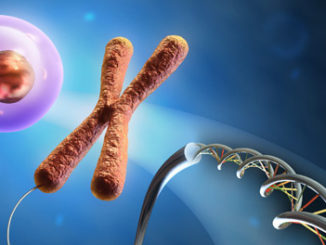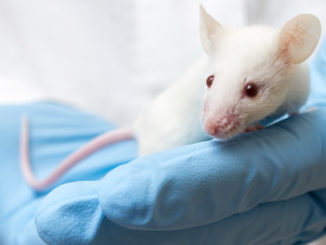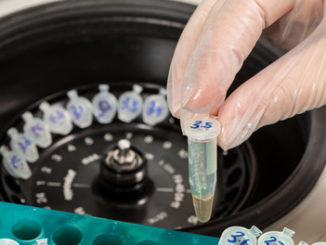RNA-Methylation-Dependent RNA Processing Controls the Speed of the Circadian Clock
Circadian rhythms are the physiological changes that follow a roughly 24-hour cycle, such as the sleep-wake cycle. They are found in most living things including animals, plants and fungi. The mammalian circadian biological clock regulates metabolism via a negative transcription-translation feedback loop of clock genes. Histone protein methylation is an epigenetic modification which has been suggested to be involved in circadian clock regulation; however, the role of RNA methylation in this process is still unknown. The most common and abundant [more…]


